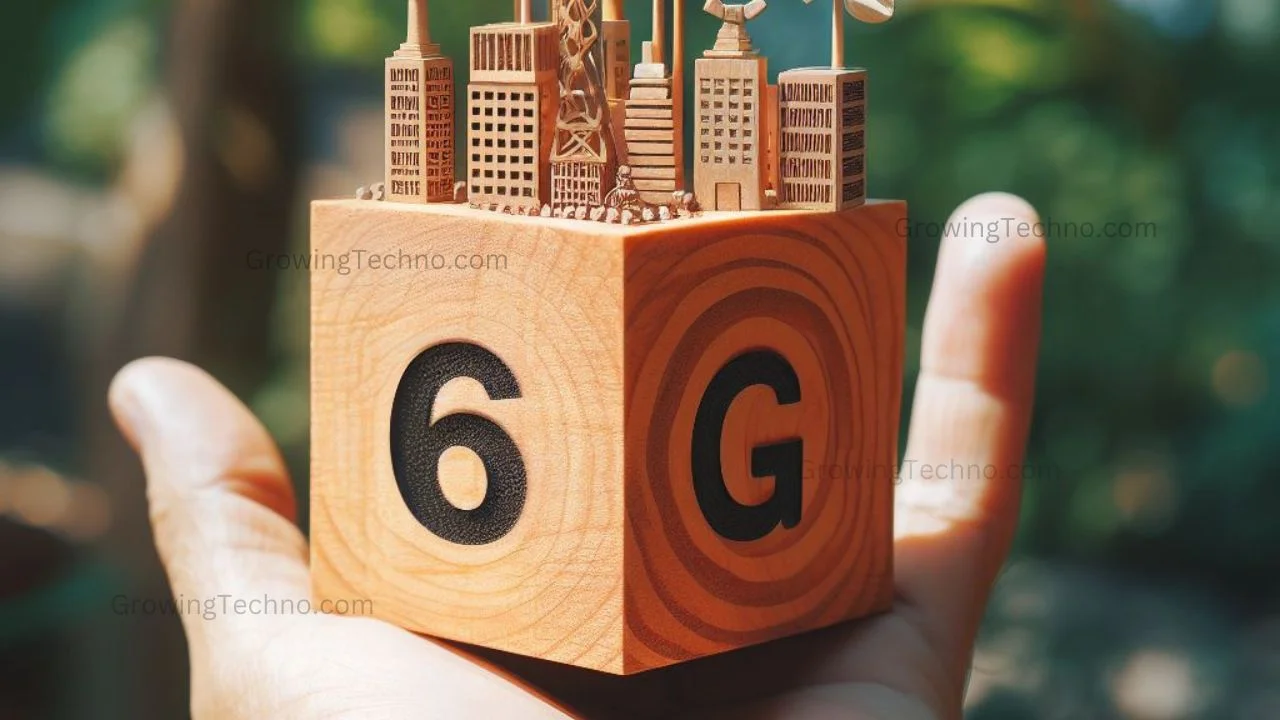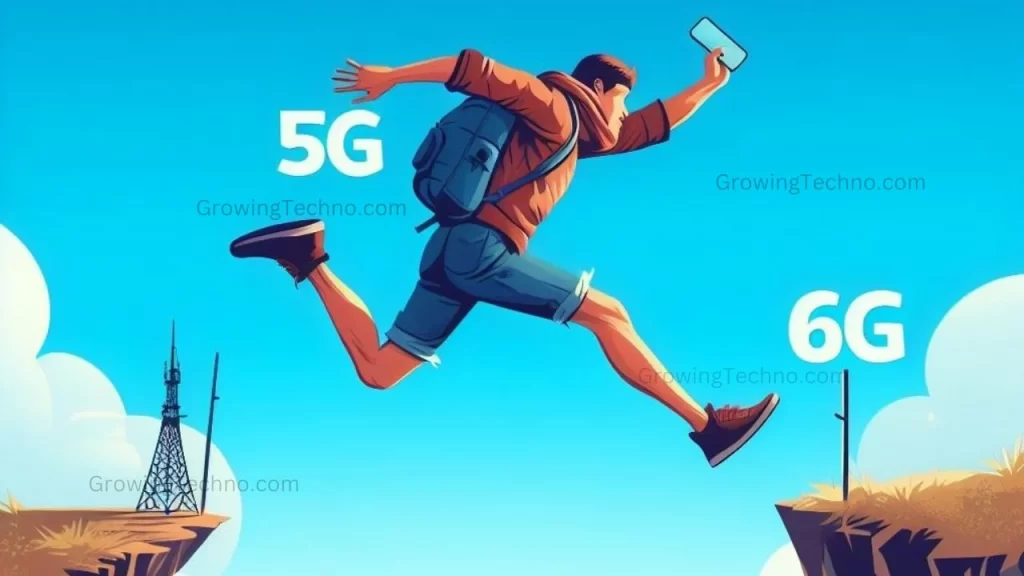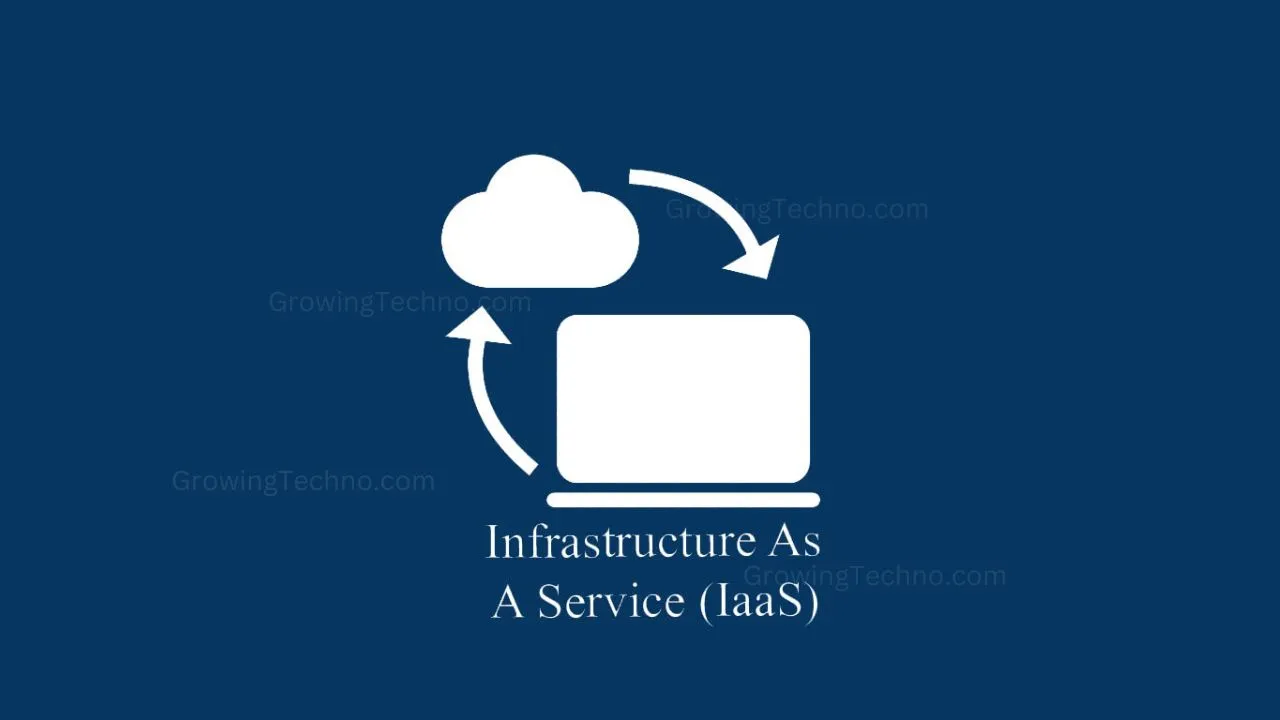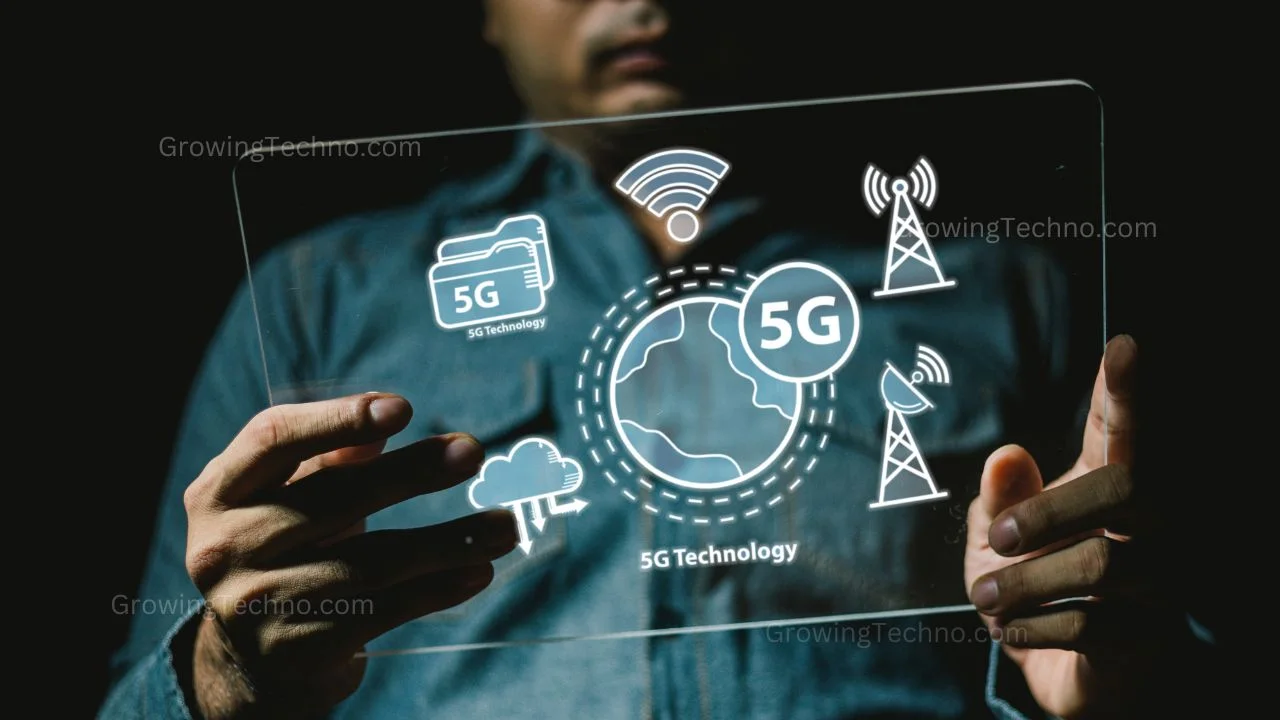
In today’s fast-paced world, technological advancements continue to shape the way we live, work, and communicate. With 5G networks still rolling out across the globe, it may seem premature to talk about the next big thing in wireless technology. However, researchers, governments, and tech companies are already looking ahead to what’s on the horizon: 6G. In this article, we’ll explore what 6G is, what it promises to bring, and when we can expect it to become a reality.
A Brief Recap: The Evolution of Mobile Networks
Before diving into the exciting world of 6G, let’s take a moment to understand the progression of mobile networks up to this point:
- 2G (1990s): The era of digital voice calls and the introduction of text messaging (SMS).
- 3G (2000s): Enabled mobile web browsing on smartphones, expanding our digital horizons.
- 4G (2010s): Brought faster data speeds, making mobile video streaming and advanced applications possible.
- 5G (2020s): The current generation, offers lightning-fast mobile broadband with reduced latency, unlocking a host of new possibilities like the Internet of Things (IoT) and remote healthcare.
Introducing 6G: The Next Frontier
6G represents the sixth generation of wireless technology, and it’s already generating excitement. Before we get into the details, it’s worth noting that we’re currently in the transition phase to 5G, with some regions still awaiting widespread coverage. So, what exactly is it?
What Is 6G?
6G follows 5G, but there’s a stepping-stone called 5G Advanced, based on the 3GPP’s Release 18 standard. Release 18 is set to be finalized by mid-2024, and we can expect devices and networks supporting 5G Advanced by 2025. This intermediate stage will already introduce significant advancements in AI and extended reality (XR).
As for 6G, it aims to perfect everything that 5G offers. Whether it’s smart cities, farms, factories, or robotics, it intends to take connectivity to the next level.
When Can We Expect 6G?
If history is any indicator, the first commercial 6G networks should emerge around 2030. However, some regions that quickly adopted 5G, like parts of Asia, might witness 6G’s arrival a bit earlier. In fact, discussions about it are already making waves, with events like the Mobile World Congress 2023 featuring sessions dedicated to it.
Expect to hear more about it as requirements and standards take shape, new frequency bands are defined (including terahertz levels), Radio Access Networks (RAN) expand, AI-powered core networks are deployed, and devices with 6G support hit the market.
Speed and Capabilities of 6G
The speed and capabilities promised by 6G are nothing short of revolutionary. While 5G’s peak theoretical data rates reach up to 20Gbps, 6G could soar as high as a staggering 1Tbps, with latency measured in microseconds. If these expectations are met, 6G will open the door to a broader range of applications than 5G.
Let’s break down the differences:
| Metric | 5G | 6G |
| Peak data rate | 20Gbps | 1Tbps |
| Experience data rate | 100Mbps | 1Gbps |
| Maximum bandwidth | 1GHz | 100GHz |
| Connection density | 1 million devices per square kilometer | 10 million devices per square kilometer |
| Latency | 1ms | 100μs |
| Mobility | 500km/h | 1000km/h |

Qualcomm envisions a “smarter society enabled by the connected intelligent edge” with 6G. This means leveraging wireless technology advancements, improving sustainability, and delivering experiences impossible with 5G.
It’s not just about enhancing current services; it’s about enabling immersive extended reality experiences and advancements in wireless positioning and remote sensing.
Defining 6G Standards
The standards for 6G are still in development. The 3GPP is currently finalizing Release 18 for 5G Advanced and will begin working on its specifications with Release 20 in 2025. Release 21 should be ready by 2028, paving the way for commercial 6G network launches in 2030.
Exploring 6G Spectrum
6G will build upon 5G’s frequency bands, including low band, mid-band, and mmWave. Additionally, it will introduce two new spectrum bands not used by current mobile networks.
- The upper mid-band range (7-24GHz) will offer extra capacity for wide-area broadband.
- Sub-terahertz frequencies (100-1000GHz) can deliver high data rates and low latency, but they pose coverage, mobility, and power consumption challenges. Potential applications include wireless fronthaul and backhaul, ultra-precise positioning, and RF sensing.
Satellites in the Mix
6G won’t be confined to terrestrial networks. Non-terrestrial networks (NTNs), including Low-Earth Orbit (LEO) and Geostationary (GEO) satellites, drones (UAVs), and high-altitude platforms (HAPS), will play a role. These NTN standards have been in development, promising worldwide access to 5G services and significant growth in the satellite industry.
In Conclusion
While the promise of 6G is exhilarating, maintaining perspective is essential. Many regions still lack 5G coverage, and not everyone with access has experienced its full potential. Affordable satellite communications are gaining attention, highlighting the need for widespread connectivity.
6G, with its groundbreaking speed, low latency, and expanded capabilities, is on the horizon. If it follows historical timelines, we can expect it around 2030, ushering in a new era of connectivity, innovation, and possibilities for a smarter, more connected society. Keep your eyes on the future because the next big leap in wireless technology is closer than you think.
Found this helpful? Share the wisdom!








